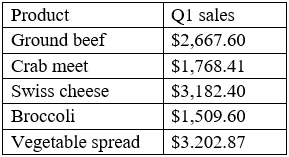Data+
Here you have the best CompTIA DA0-001 practice exam questions
- You have 365 total questions to study from
- Each page has 5 questions, making a total of 73 pages
- You can navigate through the pages using the buttons at the bottom
- This questions were last updated on October 9, 2025
- This site is not affiliated with or endorsed by CompTIA.


